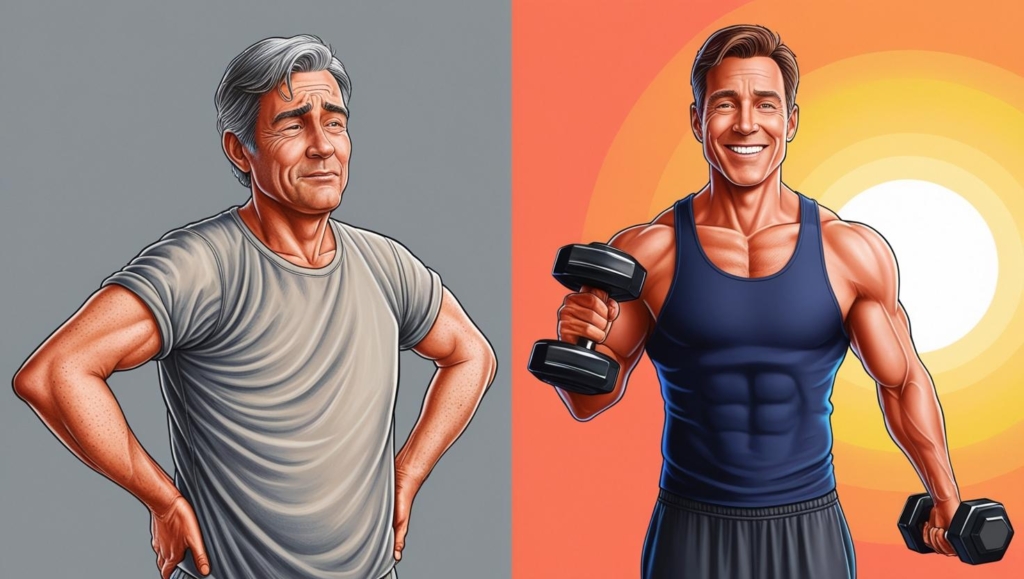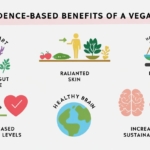“Isn’t Strength Training Dangerous After 50?”
That’s exactly what Ravi, a 55-year-old retired engineer, asked when his doctor recommended weight training for his joint pain and fatigue.
Fast-forward six months later—Ravi’s energy is through the roof, he’s lost 12 pounds, and his doctor has reduced his blood pressure meds.
So, what changed?
Strength training.
If you think building muscle is a young person’s game, think again. After 50, your body needs it more than ever.
Let’s break down the why, the how, and the amazing results strength training can offer—no matter your age.
Why Strength Training Becomes Crucial After 50
1. You Naturally Lose Muscle Mass
After age 30, adults lose up to 5% of muscle mass per decade—a condition called sarcopenia. This not only affects strength but balance, mobility, and even metabolism.
Strength training helps slow, stop, and even reverse this decline.
2. Boosts Bone Density & Fights Osteoporosis
Especially important for women post-menopause, lifting weights has been proven to increase bone mineral density, reducing the risk of fractures and breaks.
Fact: A 2017 study found that women who did resistance training 2x/week had 36% lower risk of hip fractures.
3. Improves Metabolism and Burns Fat
Muscle burns more calories than fat—even at rest. Regular training keeps your metabolism youthful, helping with weight management and blood sugar control.
4. Enhances Mental Clarity & Reduces Depression
Exercise releases endorphins, but strength training goes further—it also reduces anxiety, boosts self-esteem, and has been linked to improved memory.
Beginner Strength Training Plan (Safe for 50+)

You don’t need to deadlift 300 pounds. Start with:
Bodyweight Exercises (2–3x/week):
- Squats (use a chair)
- Wall Push-ups
- Glute Bridges
- Step-Ups (stairs or low step)
- Bird-Dog for core & stability
Resistance Bands or Dumbbells:
- Bicep curls
- Shoulder presses
- Bent-over rows
- Seated leg lifts with ankle weights
Pro Tip: Start light. It’s about consistency, not intensity.

Common Myths Debunked
❌ “I’m too old to start.”
✅ Truth: Studies show even 80-year-olds gain strength and mobility through proper training.
❌ “It’ll hurt my joints.”
✅ Truth: It actually strengthens the joints when done correctly.
❌ “I’ll get bulky.”
✅ Truth: Building large muscles is extremely hard and requires a calorie surplus—something most over-50 adults don’t aim for.
Precautions Before You Start
- Always consult a doctor if you have underlying conditions.
- Work with a certified personal trainer familiar with older adults.
- Focus on form over weight.
- Allow time for recovery.
Real Stories: It’s Never Too Late
🧓 Patricia, 62: Couldn’t lift her groceries without help. After 4 months of strength training, she carries bags in both hands—and just booked her first hiking trip in years.
🧔 Dinesh, 58: His cholesterol dropped 40 points. He credits strength training and cutting sugar.

Closing Thoughts: This Is Your Prime Time
Aging isn’t a decline—it’s a transition.
Strength training isn’t just about looking good (though it helps)—it’s about staying independent, mobile, and mentally sharp for the years ahead.
And the best part? It’s never too late to start.
Take Action Today
- Choose 3 exercises from the list above.
- Commit to 2x/week.
- Track how you feel.
- Share your journey—we’re cheering for you!
Sources:
- National Institute on Aging (NIA)
- Harvard Health Publishing
- Mayo Clinic
- Journal of Aging and Physical Activity






